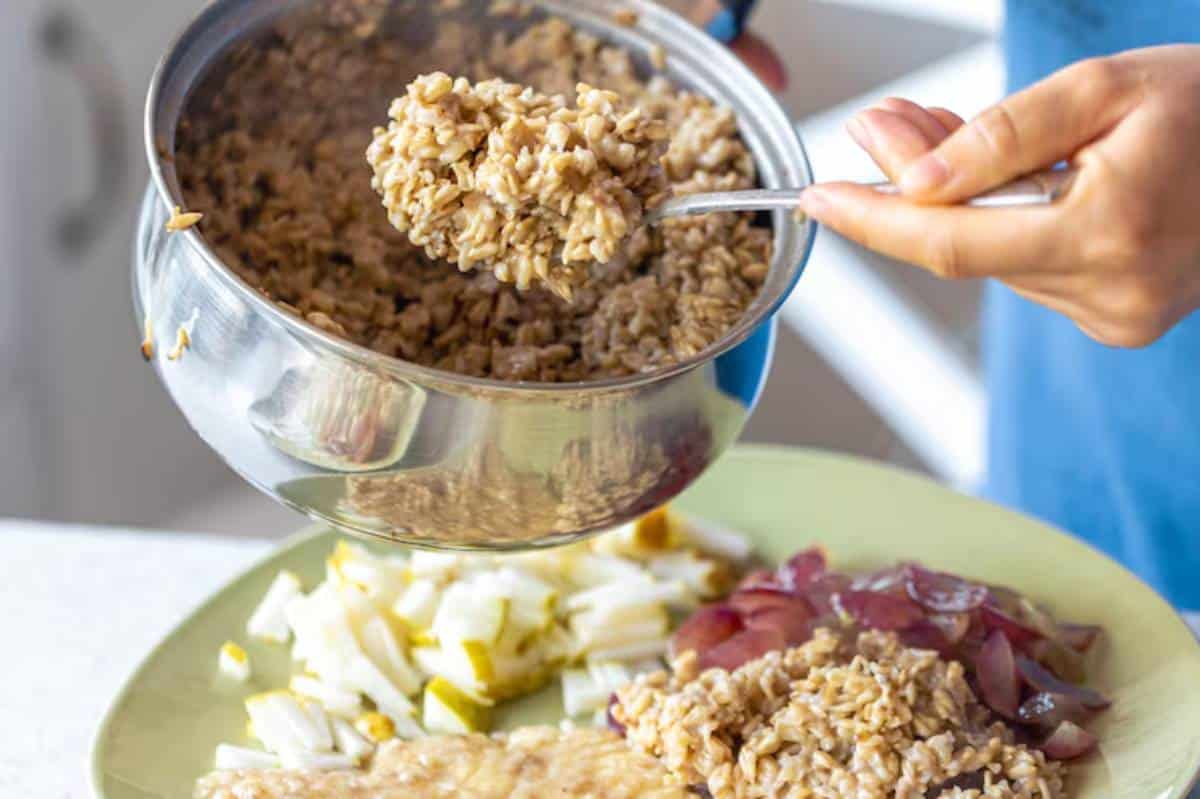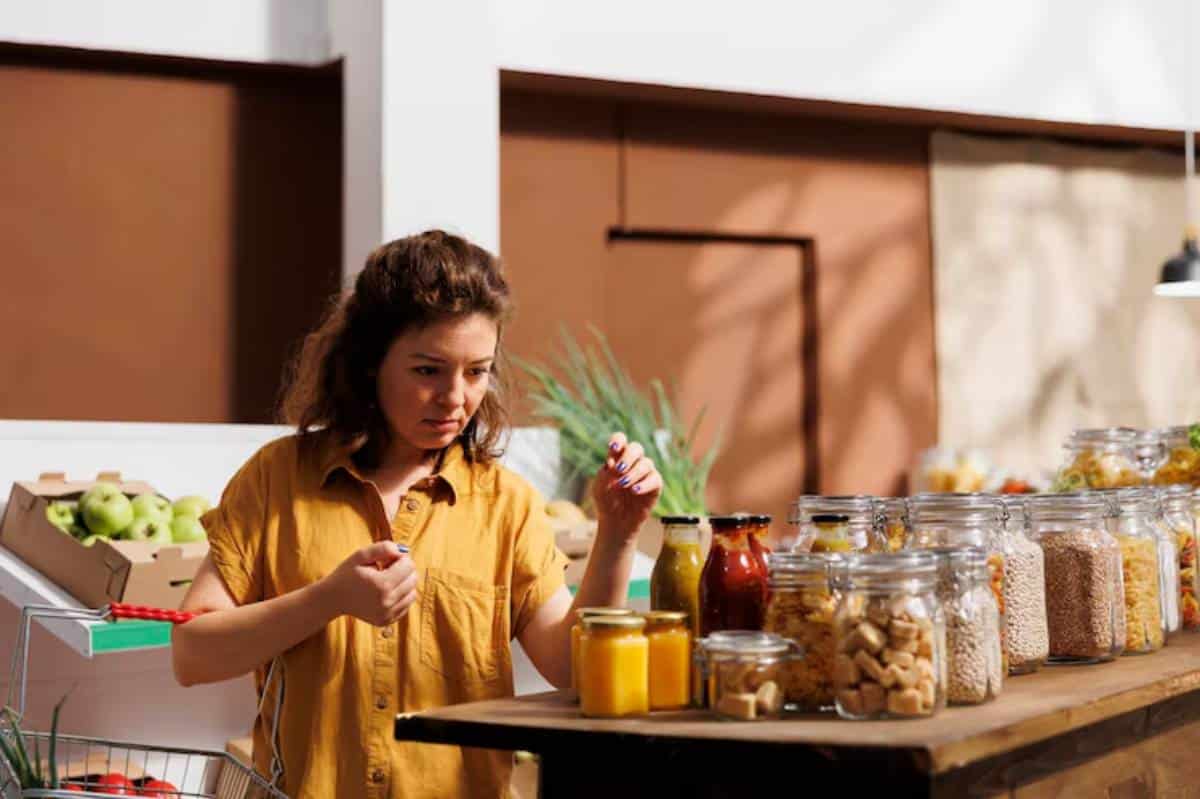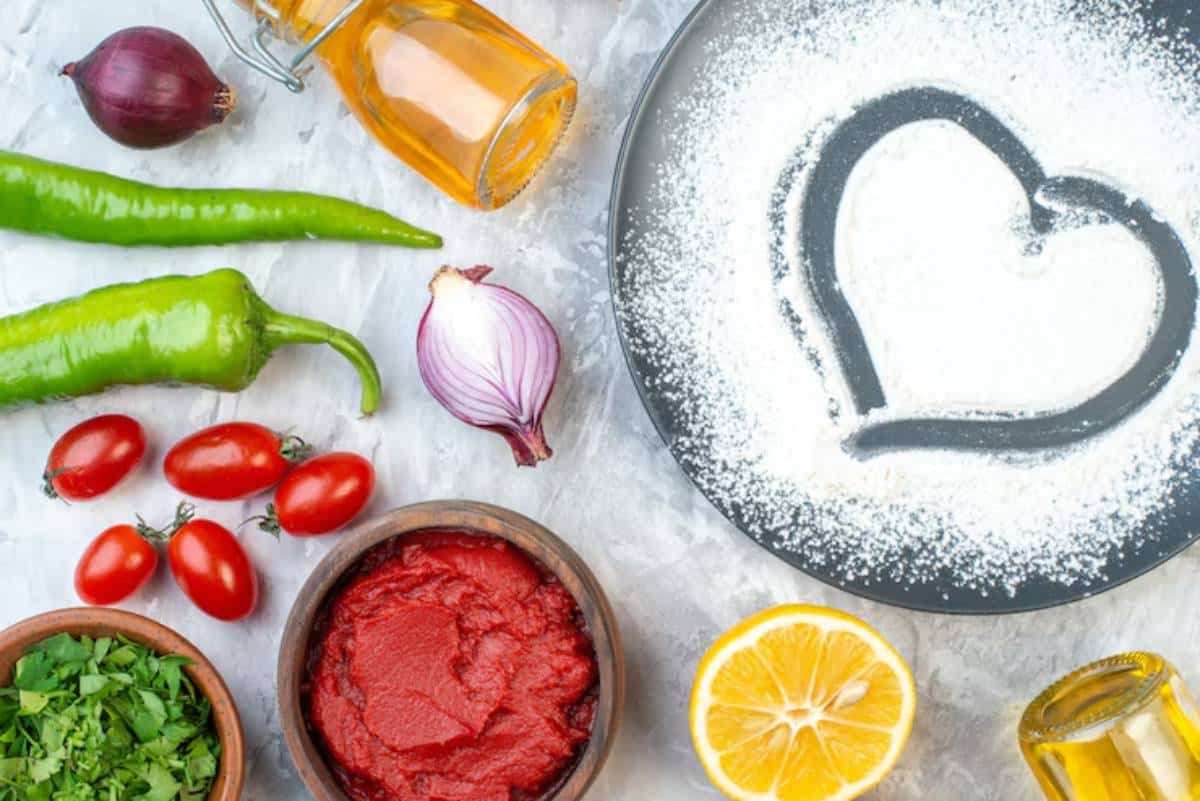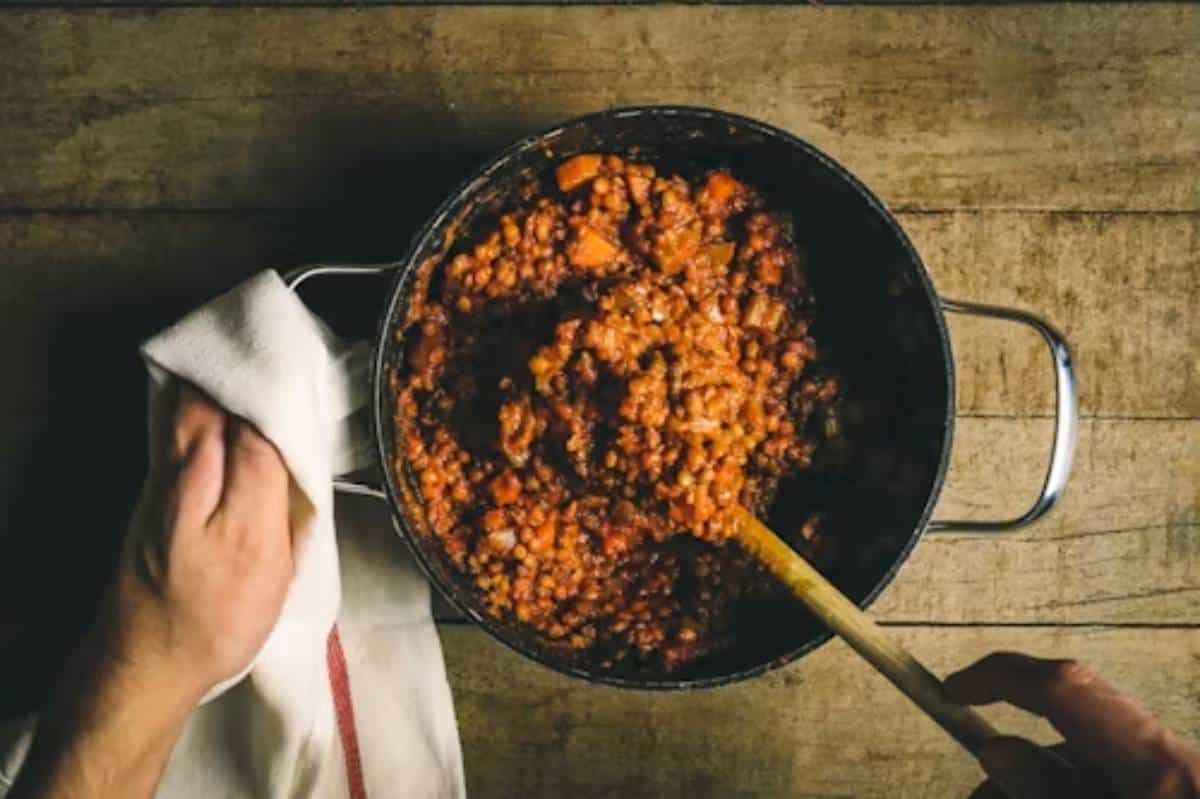
How to Cook Grains Like a Mediterranean Chef
Grains are the foundation of countless Mediterranean meals—from nutty bulgur in tabbouleh to creamy risottos and earthy barley soups. But many people overcook, under-season, or simply ignore grains in favour of flashier ingredients. When prepared properly, these humble staples can elevate your dishes with rich textures, satisfying flavour, and robust nutrition.
If you want to cook grains like a Mediterranean chef, this guide will walk you through everything—from selecting the right variety to nailing the cooking process with confidence and flair.
Understanding the Core: Mediterranean Grain Philosophy
The Role of Grains in the Mediterranean Diet
In the Mediterranean region, grains are more than filler—they’re the base of nourishment and balance. Grains feature in both everyday meals and celebratory feasts.
Popular Mediterranean grains include:
- Bulgur: Cracked wheat used in tabbouleh
- Farro: A hearty, nutty grain perfect for salads
- Couscous: Tiny steamed balls of semolina
- Brown rice: Fibre-rich and subtly sweet
- Barley: Chewy with a slightly nutty note
- Freekeh: Green durum wheat that’s roasted and cracked
- Quinoa: A modern addition in Mediterranean-inspired diets
Why Cook Grains Properly?
Cooking grains well isn’t just about taste—it’s about:
- Digestibility: Proper prep makes grains easier on the stomach
- Nutrient absorption: Soaking or rinsing improves nutrient bioavailability
- Culinary texture: No one likes mushy farro or crunchy barley
Pro tip: Salt your cooking water—just like pasta, these seasons from the inside
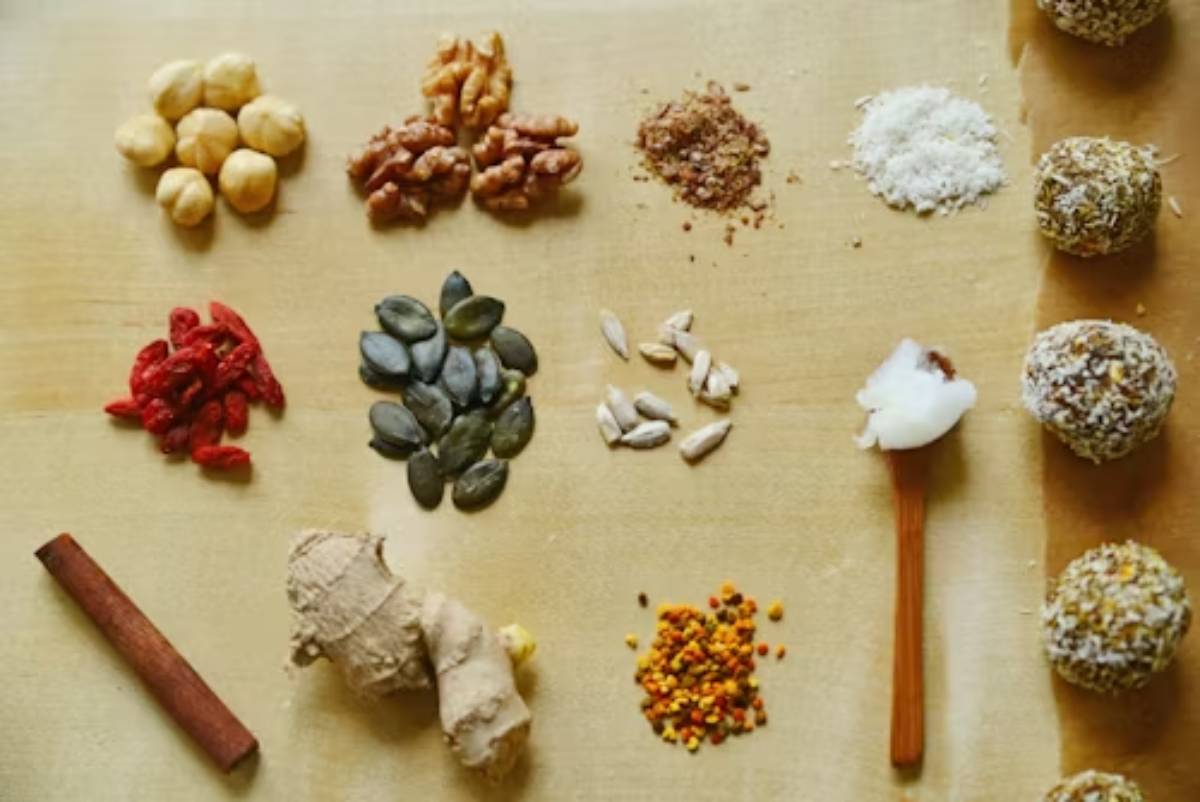
Quick Guide: Mediterranean Grain Cooking Checklist
- Choose the right grain for your recipe
- Rinse or soak (depending on the grain)
- Use the correct water-to-grain ratio
- Cook gently with a lid
- Let grains rest after cooking
- Fluff with a fork
- Season with olive oil, herbs, or citrus
- Serve warm, at room temp, or chilled
Step-by-Step Guide: How to Practise Mediterranean Grain Cooking
1. Pick the Right Grain
Consider texture and usage:
- Salads: Quinoa, bulgur, farro
- Soups & stews: Barley, brown rice
- Stuffings & pilafs: Freekeh, couscous
- Side dishes: Any of the above, dressed with olive oil and lemon
2. Rinse or Soak (Important!)
- Rinse: Quinoa, brown rice (removes bitterness or starch)
- Soak: Farro, barley, freekeh (cuts cook time and improves texture)
Tip: For extra fluff, soak grains in salted water 30–60 minutes before cooking.
3. Cook with the Right Water Ratio
| Grain | Water Ratio | Cooking Time |
|---|---|---|
| Bulgur | 1:1.5 | 10–15 mins |
| Farro | 1:3 | 25–40 mins (or 10 mins if quick-cook) |
| Couscous | 1:1 | 5 mins + resting |
| Brown rice | 1:2 | 35–45 mins |
| Quinoa | 1:2 | 15–20 mins |
| Barley | 1:3 | 30–50 mins |
| Freekeh | 1:2.5 | 20–25 mins |
Boil, then cover and simmer gently. Avoid stirring too often—this can turn your grains mushy.
4. Rest and Fluff
Once cooked:
- Let grains rest 5–10 minutes with the lid on
- Fluff gently with a fork
- Dress with olive oil, herbs, or lemon juice
5. Make it a Meal
Toss grains with:
- Fresh herbs (parsley, mint, basil)
- Chopped veg (tomato, cucumber, red onion)
- Nuts & seeds (almonds, sunflower seeds)
- Crumbled feta or olives
Build-your-own Mediterranean grain bowls
- Start with a grain base: Use 1 cup of cooked quinoa, farro, or bulgur per bowl. You can mix grains if desired for added texture.
- Add colourful veg: Think cherry tomatoes, cucumber, shredded carrot, roasted aubergine, or bell peppers.
- Protein options: Add chickpeas, lentils, grilled chicken, or hard-boiled eggs.
- Fresh herbs & greens: Parsley, mint, rocket, or spinach bring brightness and bulk.
- Top it off: Add olives, crumbled feta, or a spoonful of hummus or labneh.
- Drizzle with dressing: Use a classic olive oil and lemon mix or a tahini-yoghurt sauce.
Why it works:
These bowls are endlessly customisable and work well for batch lunches or weeknight dinners. They balance fibre, healthy fats, and plant-based protein—all hallmarks of the Mediterranean approach.
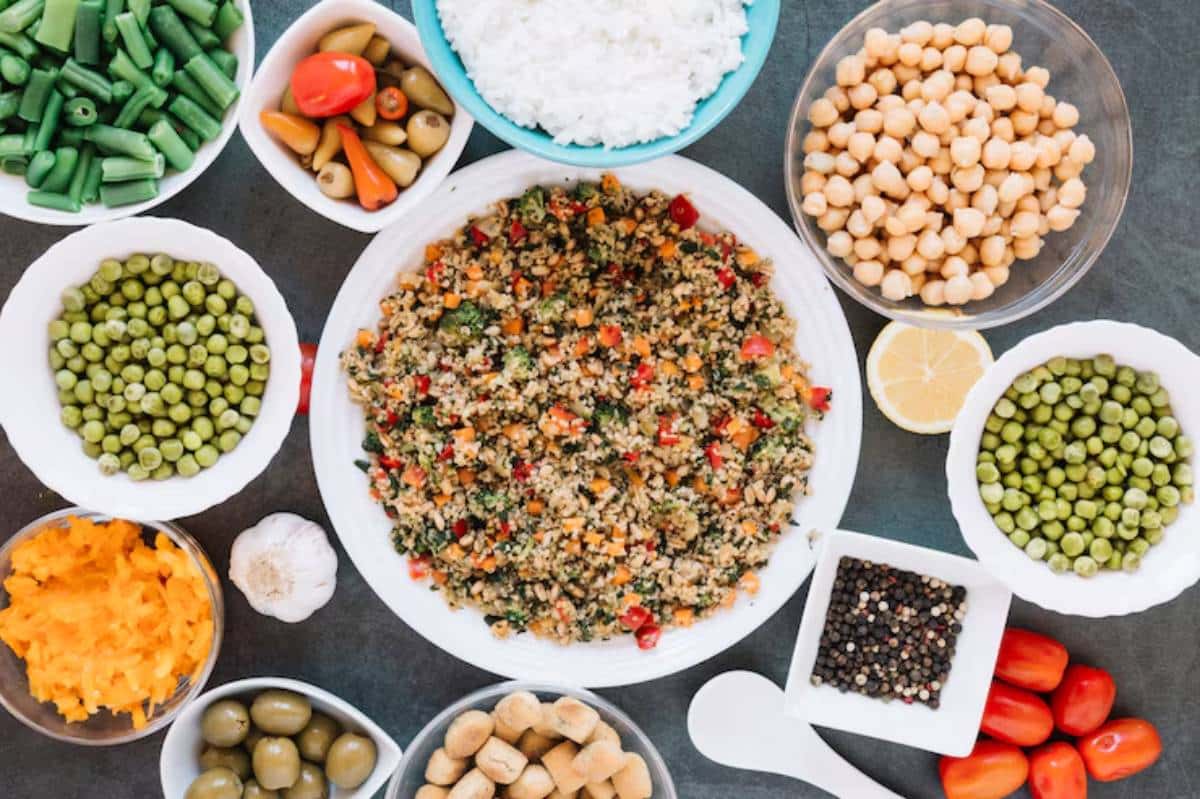
Transform leftover grains into fast meals
- Mediterranean stir-fry: Sauté leftover brown rice or quinoa with garlic, spinach, sun-dried tomatoes, and chickpeas. Finish with feta or pine nuts.
- Stuffed vegetables: Fill peppers, courgettes, or tomatoes with herbed grain mixes and bake until tender.
- Grain-based patties: Mix grains with egg, herbs, and crumbled cheese. Pan-fry into savoury cakes for lunch or a light dinner.
- Hearty soup add-ins: Stir a handful of cooked barley or freekeh into minestrone or tomato soup for texture and substance.
- Breakfast porridge: Use leftover farro or barley with almond milk, cinnamon, and chopped dates for a sweet, fibre-rich start.
Best Practices & Additional Insights
Batch Cooking for the Week
Grains store beautifully. Cook large batches and:
- Use in grain bowls
- Add to soups
- Mix into wraps or stuffings
- Pair with hummus and roasted veg
Layering Flavours Like a Chef
After cooking, elevate plain grains with:
- Garlic-infused olive oil
- Zest of lemon or orange
- Sumac, za’atar, or smoked paprika
- Freshly ground black pepper
How Mediterranean Chefs Build Balanced Grain Meals
- 50% grain
- 30% veg
- 10–20% protein (beans, fish, or cheese)
- Dressing or drizzle to finish
FAQs
Q: Can I use a rice cooker or Instant Pot for grains?
A: Yes! Quinoa, brown rice, and farro work well. Adjust water ratios slightly and use the “white rice” or “multi-grain” settings.
Q: Which grain is the healthiest?
A: They’re all healthy in their own right. Quinoa has complete protein, while barley and freekeh are high in fibre. Rotate for variety.
Q: Why are my grains always mushy?
A: Likely due to too much water, overcooking, or lack of resting time. Follow the water ratios and don’t stir too often.
Q: Do I have to soak grains overnight?
A: Only for whole barley or farro. Quick-cook varieties need just a short soak or none at all.
Conclusion
Cooking grains the Mediterranean way is about patience, precision, and passion. Whether you’re creating a vibrant tabbouleh or a hearty whole grain bowl, your grains should be light, fluffy, and full of flavour.
You don’t need fancy equipment—just good technique and a little care.
